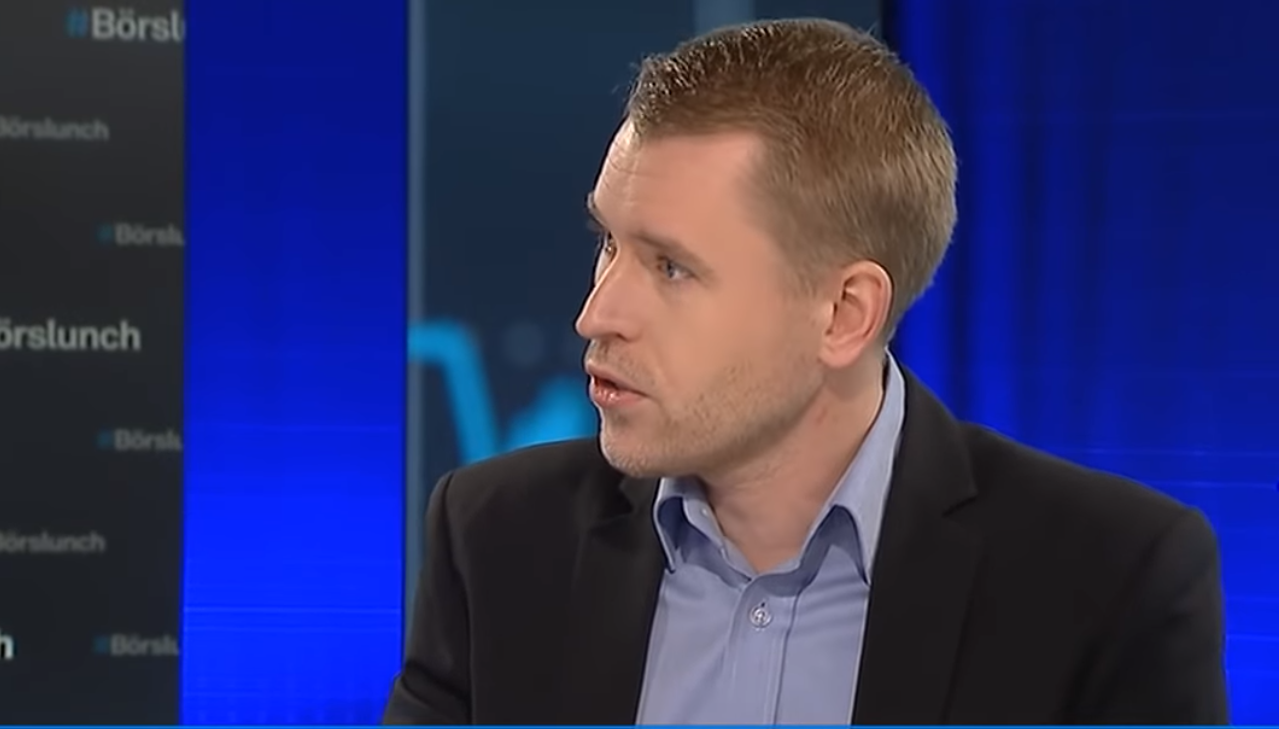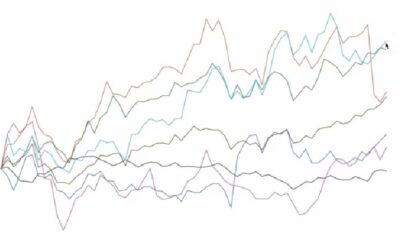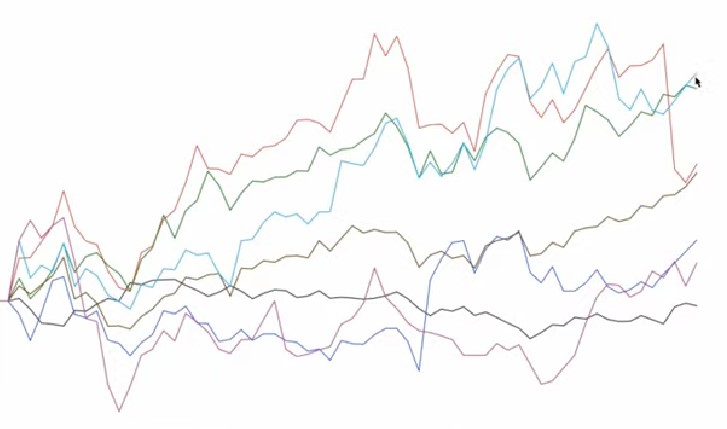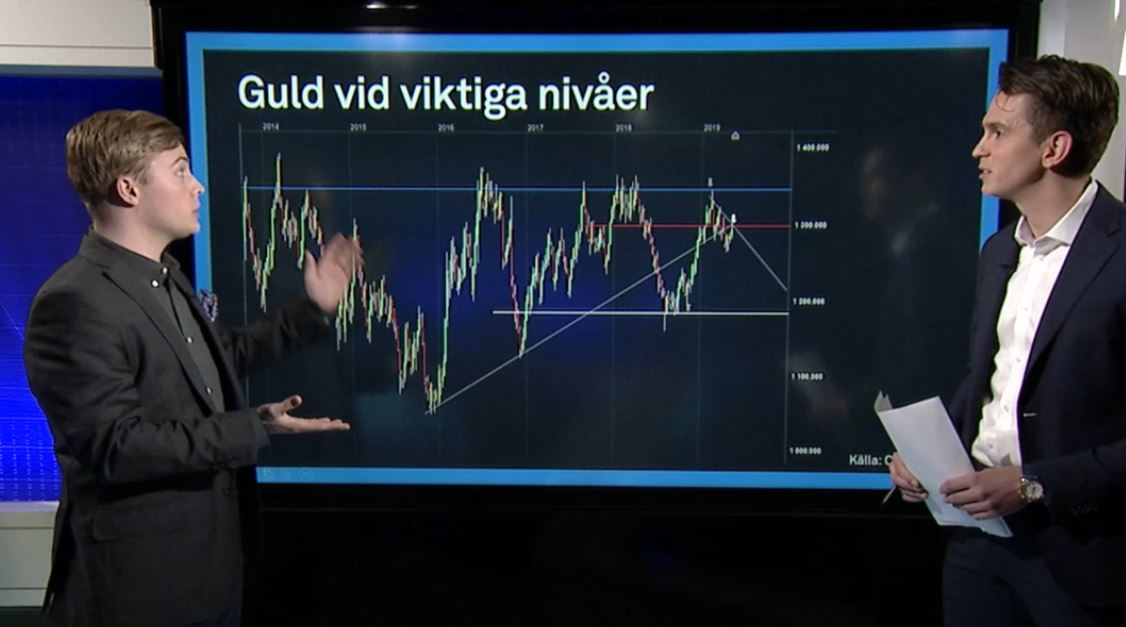Analys från DailyFX
US Dollar Pushes to New December Highs on Fed QE3 Taper
Talking Points:
– USDJPY sets new yearly high at ¥104.36, the highest rate since October 2008.
– European currencies on back foot; Asian currencies mixed.
– Continued rise in US yields necessary for further Dollar strength.
To receive this report in your inbox every morning, sign up for Christopher’s distribution list.
INTRADAY PERFORMANCE UPDATE: 10:45 GMT
Dow Jones FXCM Dollar Index (Ticker: USDOLLAR): -0.05% (+0.29% prior 5-days)
ASIA/EUROPE FOREX NEWS WRAP
There’s been very little follow through in the wake of the Federal Reserve’s decision to taper QE3 to $75B/month, through a combined $10 of cuts in equal reductions in Treasury and MBS purchases. The US Dollar undeniably benefited from the move – hitting fresh yearly highs against the Australian Dollar and the Japanese Yen – but sticky Treasury yields have prevent much further progress.
US yields, while initially jumping higher yesterday, are only marginally changed over the past day and past week in the “belly” of the yield curvey (3Y to 7Y notes), which saw the most significant jump in rates during the height of premature taper speculation, from May through September. This is a sign that the market is tentatively ‘buying’ into the Fed’s forward guidance, that “tapering isn’t tightening.”

Directly impacting Treasuries, the nature of the Fed’s taper decision was dovish. The $10B reduction in QE3, were one to assume that no further reductions would be made, would only result in $120B fewer purchases in 2014; the Fed’s balance sheet will be approximately $3.9 trillion instead of $4.0 trillion.
The change in asset purchases may only be a drop in the bucket compared to the more important change: the Fed adjusted the goal posts for raising rates. While QE3 will be withrawn in “measured steps,” by changing the language around the 6.5% Unemployment Rate threshold to underscore the importance of the Fed’s medium-term +2% inflation target. To be clear: as it stands, the Fed will not raise rates upon the first Unemployment Rate print at or below 6.5%.
Nevertheless, the US Dollar has retained most of its gains despite some shallow downside overnight. Of course, if investors feel that this small, more-or-less symbolic taper isn’t a reason to reduce bullishness towards risky assets, Treasury yields could pullback further and represent a major obstacle for the buck. Today, we see that consolidation in the USDOLLAR occurring after yesterday’s breakout, which we were prepared for per last Friday’s article:
USDOLLAR Daily Chart: June 5 to Present

Want to automate your trading or trade baskets of currencies? Try Mirror Trader.
– The USDOLLAR hit fresh December highs above 10700, validating the consecutive high closes above 10646; no closes in November exceeded this level then price did not close below it the past several days.
– The developing bull flag (10600 to 10670) sees the measured outcomes at 10760 (61.8%) and 10880 (100%).
– 100% extension coincides with August highs.
– Will look for daily RSI (21) to remain above 50 during uptrend; recent bounce at 50 coincided with base forming at moving average cluster (now TL support off of October 25 and December 10 lows, parallel drawn to November 12 high).
– Channel support comes in from 10610/50 over the coming days; a break below this zone invalidates bullish aspirations.
ECONOMIC CALENDAR – UPCOMING NORTH AMERICAN SESSION

See the DailyFX Economic Calendar for a full list, timetable, and consensus forecasts for upcoming economic indicators. Want the forecasts to appear right on your charts? Download the DailyFX News App.
— Written by Christopher Vecchio, Currency Analyst
To contact Christopher Vecchio, e-mail cvecchio@dailyfx.com
Follow him on Twitter at @CVecchioFX
To be added to Christopher’s e-mail distribution list, please fill out this form
Analys från DailyFX
EURUSD Weekly Technical Analysis: New Month, More Weakness
What’s inside:
- EURUSD broke the ‘neckline’ of a bearish ‘head-and-shoulders’ pattern, April trend-line
- Resistance in vicinity of 11825/80 likely to keep a lid on further strength
- Targeting the low to mid-11600s with more selling
Confidence is essential to successful trading, see this new guide – ’Building Confidence in Trading’.
Coming into last week we pointed out the likelihood of finally seeing a resolution of the range EURUSD had been stuck in for the past few weeks, and one of the outcomes we made note of as a possibility was for the triggering of a ’head-and-shoulders’ pattern. Indeed, we saw a break of the ’neckline’ along with a drop below the April trend-line. This led to decent selling before a minor bounce took shape during the latter part of last week.
Looking ahead to next week the euro is set up for further losses as the path of least resistance has turned lower. Looking to a capper on any further strength there is resistance in the 11825-11880 area (old support becomes new resistance). As long as the euro stays below this area a downward bias will remain firmly intact.
Looking lower towards support eyes will be on the August low at 11662 and the 2016 high of 11616, of which the latter just happens to align almost precisely with the measured move target of the ‘head-and-shoulders’ pattern (determined by subtracting the height of the pattern from the neckline).
Bottom line: Shorts look set to have the upperhand as a fresh month gets underway as long as the euro remains capped by resistance. On weakness, we’ll be watching how the euro responds to a drop into support levels.
For a longer-term outlook on EURUSD, check out the just released Q4 Forecast.
EURUSD: Daily
—Written by Paul Robinson, Market Analyst
You can receive Paul’s analysis directly via email bysigning up here.
You can follow Paul on Twitter at@PaulRobinonFX.
Analys från DailyFX
Euro Bias Mixed Heading into October, Q4’17

Why and how do we use IG Client Sentiment in trading? See our guide and real-time data.
EURUSD: Retail trader data shows 37.3% of traders are net-long with the ratio of traders short to long at 1.68 to 1. In fact, traders have remained net-short since Apr 18 when EURUSD traded near 1.07831; price has moved 9.6% higher since then. The number of traders net-long is 15.4% lower than yesterday and 16.4% higher from last week, while the number of traders net-short is 0.4% higher than yesterday and 10.5% lower from last week.
We typically take a contrarian view to crowd sentiment, and the fact traders are net-short suggests EURUSD prices may continue to rise. Positioning is more net-short than yesterday but less net-short from last week. The combination of current sentiment and recent changes gives us a further mixed EURUSD trading bias.
— Written by Christopher Vecchio, CFA, Senior Currency Strategist
To contact Christopher Vecchio, e-mail cvecchio@dailyfx.com
Follow him on Twitter at @CVecchioFX
To be added to Christopher’s e-mail distribution list, please fill out this form
Analys från DailyFX
British Pound Reversal Potential Persists Heading into New Quarter

Why and how do we use IG Client Sentiment in trading? See our guide and real-time data.
GBPUSD: Retail trader data shows 38.2% of traders are net-long with the ratio of traders short to long at 1.62 to 1. In fact, traders have remained net-short since Sep 05 when GBPUSD traded near 1.29615; price has moved 3.4% higher since then. The number of traders net-long is 0.1% higher than yesterday and 13.4% higher from last week, while the number of traders net-short is 10.6% lower than yesterday and 18.3% lower from last week.
We typically take a contrarian view to crowd sentiment, and the fact traders are net-short suggests GBPUSD prices may continue to rise. Yet traders are less net-short than yesterday and compared with last week. Recent changes in sentiment warn that the current GBPUSD price trend may soon reverse lower despite the fact traders remain net-short.
— Written by Christopher Vecchio, CFA, Senior Currency Strategist
To contact Christopher Vecchio, e-mail cvecchio@dailyfx.com
Follow him on Twitter at @CVecchioFX
To be added to Christopher’s e-mail distribution list, please fill out this form
-
Analys från DailyFX10 år ago
EUR/USD Flirts with Monthly Close Under 30 Year Trendline
-
Marknadsnyheter5 år ago
BrainCool AB (publ): erhåller bidrag (grant) om 0,9 MSEK från Vinnova för bolagets projekt inom behandling av covid-19 patienter med hög feber
-

 Marknadsnyheter2 år ago
Marknadsnyheter2 år agoUpptäck de bästa verktygen för att analysera Bitcoin!
-
Analys från DailyFX12 år ago
Japanese Yen Breakout or Fakeout? ZAR/JPY May Provide the Answer
-

 Marknadsnyheter2 år ago
Marknadsnyheter2 år agoDärför föredrar svenska spelare att spela via mobiltelefonen
-
Analys från DailyFX12 år ago
Price & Time: Key Levels to Watch in the Aftermath of NFP
-
Analys från DailyFX8 år ago
Gold Prices Falter at Resistance: Is the Bullish Run Finished?
-

 Nyheter7 år ago
Nyheter7 år agoTeknisk analys med Martin Hallström och Nils Brobacke










